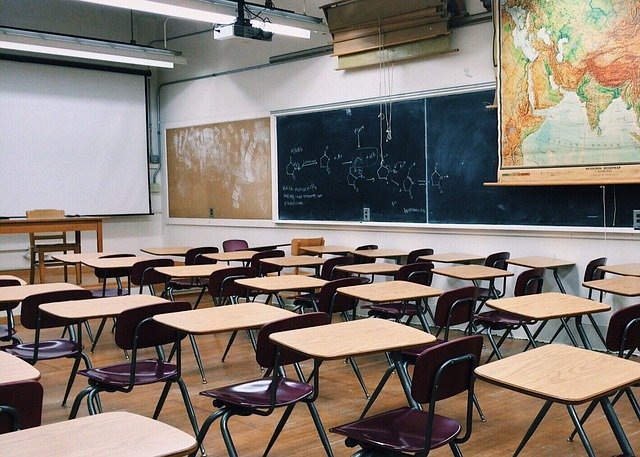
The corner of my suburban Boston bedroom, where I write this letter, has by necessity become a hotbed of education innovation since mid-March, when the Covid-19 pandemic closed Harvard’s campus and confined most Massachusetts residents to their homes.
It was the venue for the first defense of a doctoral dissertation at the Harvard Graduate School of Education to be conducted virtually, with the student, my fellow committee members, and me in separate locations. (The student was brilliant—and the fact that dozens of her friends and family from around the world were able to “attend” more than offset our inability to congratulate her in person.) And it is where I’ve worked to convert my spring 2020 courses, designed for in-person consumption, into equally productive online learning experiences—an aspiration as yet unfulfilled.
The pandemic has affected every last corner of the American education system, forcing system leaders to attend to an unprecedented array of logistical and technological challenges, educators to teach in new and unfamiliar ways, and parents to adjust their routines to supervise their children’s learning at home.
The closure of schools and much of the economy, however necessary it may be, will have enduring consequences—in learning lost during the crisis and in diminished resources to devote to education in the years ahead. The task facing policymakers, and the rest of us, will be to do what’s needed to ensure that the tragic loss of life the coronavirus has caused does not bring with it a loss of opportunity for the next generation. It won’t be easy.
On the Education Next website, we have already sought to provide a forum to anticipate those consequences and how education leaders might best respond. Executive editor Michael Horn warned that online learning is “about to get a bad reputation at many campuses” as hastily built Zoom-based courses prove to be poor substitutes for the originals. As early as March 25, when only three states had announced that their schools would remain closed through the end of the school year, John Bailey of the American Enterprise Institute advised educators to prepare for a “series of rolling, targeted school closures over the next 18 months.” Robin Lake and John McLaughlin debated whether Congress should waive protections in federal law for students with disabilities as school districts shift to serving students at a distance. And Paul von Hippel of the University of Texas at Austin assessed how the coronavirus crisis is likely to affect student learning; his conclusion, in a word: “unequally.” Readers can expect similar content on a nearly daily basis in the months ahead.
The articles in this issue of the print journal, in contrast, were all conceived, reported, and filed well before the extent of our current crisis became clear. One of them, however, has special relevance for our present moment. In “The Grade-Level Expectations Trap,” Joel Rose of New Classrooms vividly illustrates how gaps in students’ skills can interfere with their subsequent progress—especially in subjects like math that are “cumulative, with new learning resting atop earlier mastery.”
Such skill gaps are certain to result from the school closures, notwithstanding all the valiant attempts by schools, teachers, and parents at distance learning. When schools reopen physically in the fall—if in fact they do—it will be important to start with a clear-eyed picture of how big those gaps are.
The best tactics and strategies to help students catch up are already a topic of intense debate. The remedy may require, as executive editor Michael Petrilli has urged, that many more students are asked to repeat a grade. Others are proposing to extend the school year into the summer to make up for lost time.
Whatever approach is chosen, the work is urgent. The next pandemic will require scientists to devise cures, epidemiologists to track, project, and slow outbreaks, economists to weigh costs and benefits, ethicists and religious leaders to provide moral guidance, doctors and nurses to heal patients, and politicians to provide leadership. The students in today’s classrooms, both physical and virtual, open and closed, will fill those roles. In that longer-term sense, at least, the tasks of education and education reform, of teaching and learning, are every bit as life-and-death as anything happening in a hospital emergency room or intensive care unit.
— Martin West
Read more from Education Next on coronavirus and Covid-19.
get headlines https://thecherrycreeknews.com
No comments:
Post a Comment